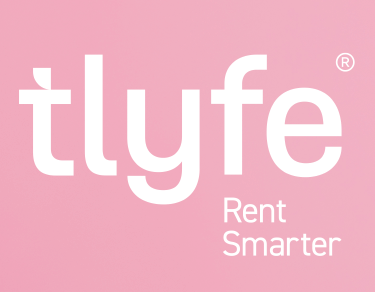
One in 10 UK tenants are now spending at least 60% of their take home salary on their rent, according to a PropTech firm.
Canopy analyses data from over 46,000 individual, employed UK renters, and claims that the majority of UK tenants are at the limit of what some experts define as ‘affordable’.
The firm claims that spending around 30% of income on rent is typically considered affordable.
It says that based on its data, on average UK tenants are spending just over a third (35.7%) of their net income on rent.
Around one in five (19.3%) are spending at least half of their salary on rent: one in 20 tenants (4.4%) spend over 80% on their share of the rent.
The UK city with the highest rent to income ratio is Bournemouth, with the average tenant spending 46.9% of their salary on rent.
Tenants in Brighton spend 46.3%, and London 44.3%, Edinburgh (40.6%). Within the top ten, the only city in the north of England was Manchester.
The north east of England boasts the most affordable cities for renters, with Sunderland (32.8%) and Newcastle upon Tyne (33.7%) both sitting in the top three list. Northern Ireland’s capital, Belfast was also named as a more affordable location, with a rent to income ratio of 33.1%.
London is the least affordable region of the UK for renters, with the average tenant spending 44.3% of their take-home pay on their share of the rent. The South West (44.1%) and South East (41.1%) are close behind as the most unaffordable regions in the country.
Chris Hutchinson, chief executive at Canopy, comments: “The average tenant in the UK is now spending over a third of their take-home pay on their share of the rent; in many areas of the UK the average rises higher than 40%. It is sobering to see that some tenants are even spending 80% of their salary on rent.
“Considering these numbers don’t include essentials like groceries, commuting costs and utilities bills, the figures raise serious questions on how feasible saving for a mortgage is for the majority of tenants in this country.
“What is clear is that the market is in a precarious position, in that steps clearly need to be taken to make life easier for tenants, yet further regulation is likely to drive landlords away from the market and leave a smaller pool of properties available for tenants to choose from.”






/Labour-logo400x310.png)







%20-%20IMAGE%20Client%20Accounting%20%E2%80%93%20what%20are%20your%20options.jpg)

%20(002).png)
.png)
.png)

%20(002).jpg)







Join the conversation
Jump to latest comment and add your reply
& why are rents so high?
- selling off social housing with no policing of the legal obligation to replace each sold unit 1:1 over the last 40 years causing a shortage
- HMO licensing for smaller homes ‘driving standards (& rents) up’ by increasing fees to landlords
- Section 24 tax regulations making PRS unprofitable for many landlords or would-be landlords
- additional SDLT for landlords
- the Tenant Fees Bill 2019 increasing fees to landlords
- 5 year long threat of S21 ban and other anti-landlord ideas…
Is it me or is it pretty clear the increase in rents directly relates to Govt policy?
If you look at London- median rent is £2120 pm or £25k per annum whilst median wage is just £44k meaning that median rents account for 57% of median gross income. When you consider the typical take-home pay is just £34,830 this means median rents account for 73% of take-home pay.
I think this quite clearly shows rents are substantially more unaffordable than they have ever been and make it impossible for anyone to save towards a typical 10%+ deposit.
This is not our problem to solve, it's the banks money and it's up to them to respond to market conditions. I don't think anyone would mind 110% mortgages again
Please login to comment